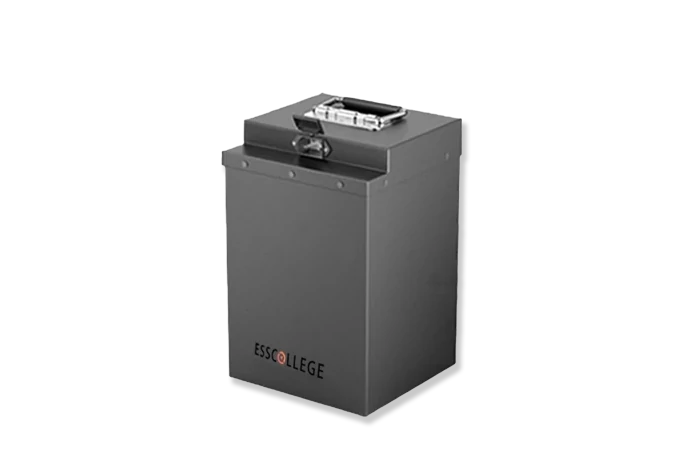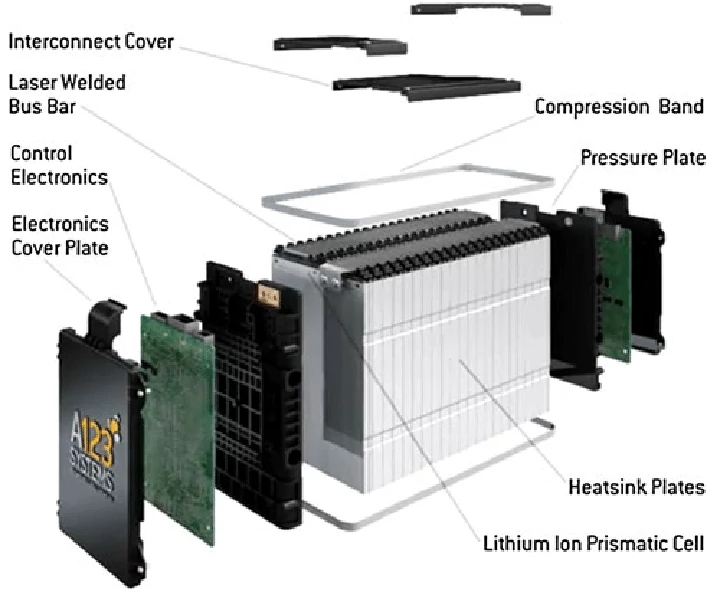Product testing Product testing is a key link to ensure...
Calendar life test
The calendar life test is an assessment of the deterioration of a battery's performance over time in a non-working state (i.e. during long-term storage or non-charge and discharge). The test focuses on the degradation process of the battery under constant environmental conditions.
Calendar life test

Calendar life test is an important means to evaluate the aging behavior of batteries under long-term storage or static state. By monitoring the performance of the battery under different environmental conditions and charging states, the test can reveal the degradation trend of the battery in the non-working state, helping manufacturers to optimize the battery material and design, and extend the service life of the battery. In addition, the calendar life test provides users with expectations about the long-term storage performance of the battery, ensuring that the battery will continue to have acceptable performance after long-term storage, reducing performance loss or safety hazards due to improper storage.
Testing aspect
Testing under static storage conditions
The battery is stored in a fixed state of charge (SOC) for a long time to test the impact of different environmental conditions such as temperature and humidity on the battery performance.
The test usually keeps the battery at a moderate charge (such as 50% SOC) and observes changes in its voltage, capacity, internal resistance, etc.
High and low temperature environmental effects
The aging process of battery under different temperature environment is simulated, especially the acceleration effect of high temperature on battery chemical reaction and the effect of low temperature on battery discharge performance.
Calendar life tests at high temperatures can reveal the aging rate of the battery material, while low temperature tests help to understand the reliability and performance stability of the battery at low temperatures.
Battery decay monitoring
During the test process, the capacity attenuation, internal resistance change, open circuit voltage and other indicators of the battery are regularly detected to evaluate the health status of the battery.
The decay trend of the battery was recorded and its aging mode was analyzed to provide data support for the design optimization of the battery.
Test of different charging states
The state of charge (SOC) of a battery has a significant impact on its calendar life, so calendar life tests are performed under different SOCs, including high and low SOC.
Studies of the impact of different SOCs on battery life have generally found that overcharging or overdischarging storage accelerates battery decay.

low-speed car batteries
Low-speed vehicle battery is a kind of battery designed for low-speed electric vehicles, which has the characteristics of clean, environmental protection, high efficiency and economy, and is widely used in electric golf carts, low-speed electric vehicles (LSV), mobile vendors, campus transportation, cargo trucks and so on
Extended reading
Product packaging and delivery
Product packaging and delivery The packaging and delivery of battery...
Product information expansion
Product information expansion Understanding low-speed vehicle battery product information is...
Product composition
Low-speed lithium battery product composition Understanding the product composition of...
THE ESSC Brand promise
Global supply
Our products sell well all over the world, covering many countries and regions, through the global logistics network, to provide customers with convenient purchasing experience.
Rigorous quality
We adhere to the highest quality control standards to ensure every product meets industry regulations and customer expectations, earning trust through consistent excellence.
Excellent service
With a customer-centric approach, we provide prompt responses, professional support, and personalized services, aiming to deliver the best user experience and long-term value.





